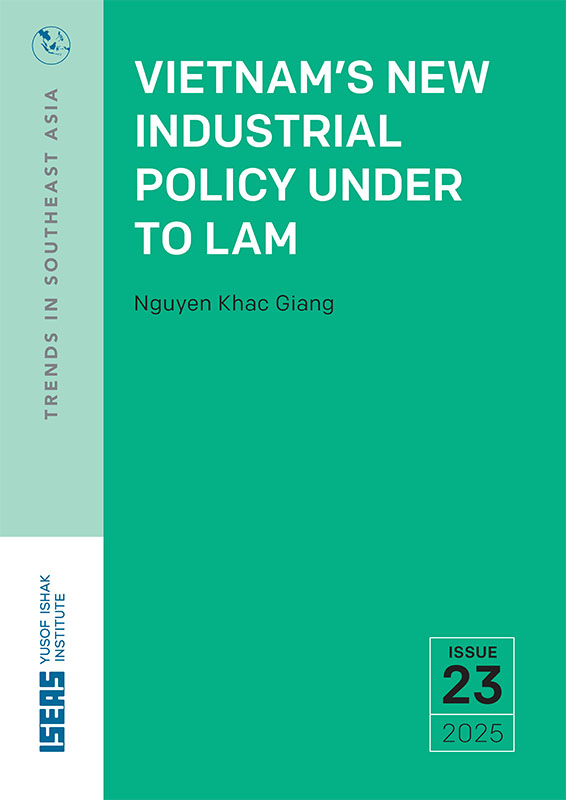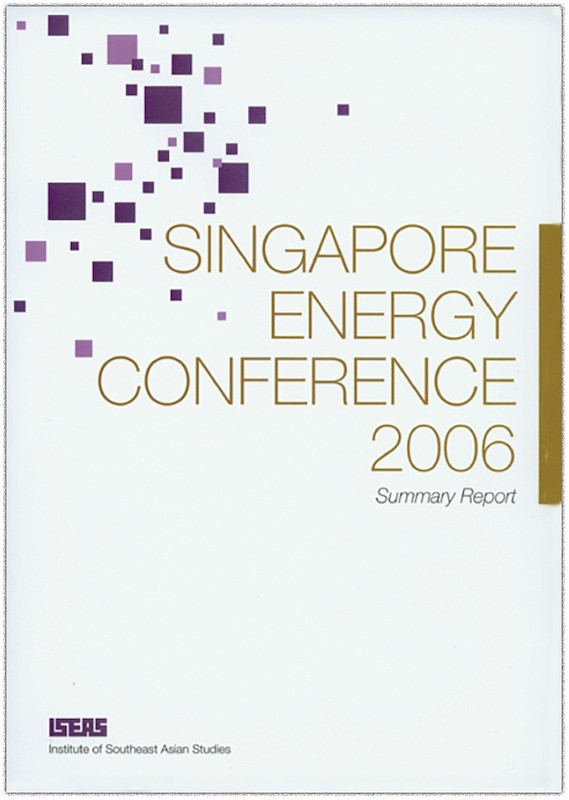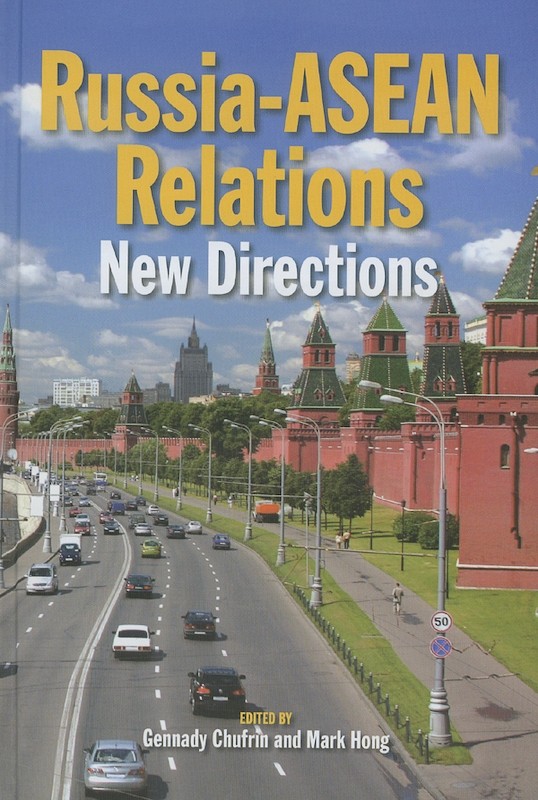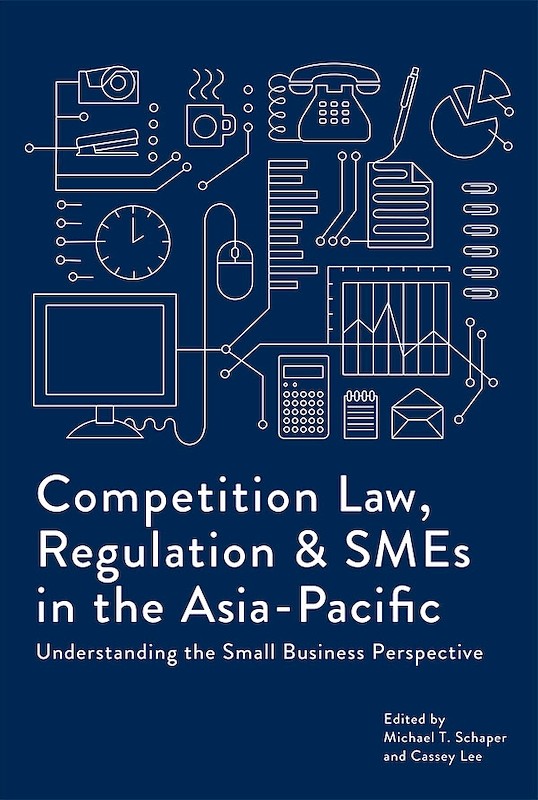Nuclear Energy Developments in Southeast Asia
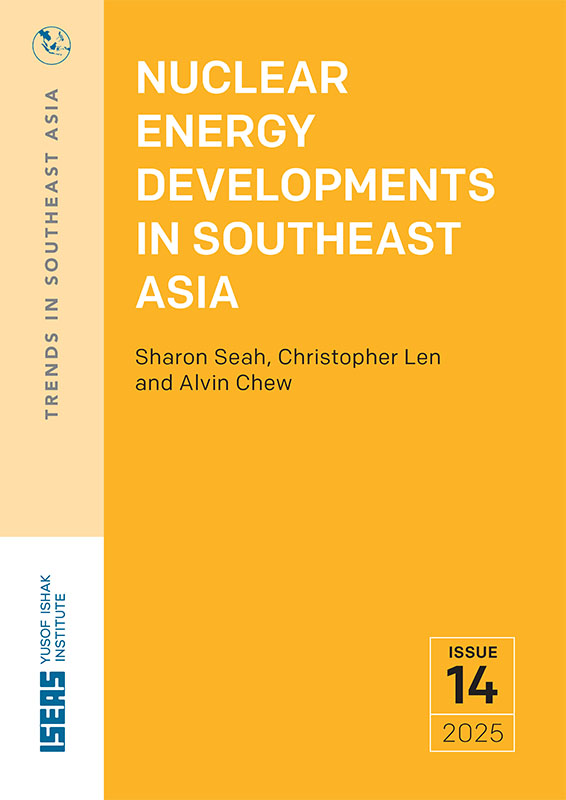
Date of publication:
2025
Publisher:
ISEAS – Yusof Ishak Institute
Number of pages:
25
Code:
TRS14/25
Soft Cover
ISBN: 9789815306859
About the publication
- Southeast Asian countries are once again showing renewed interest in nuclear energy as a means to bolster energy security and meet decarbonization goals.
- Countries in this region have been exploring the use of civilian nuclear energy since the late 1950s, but their commitment has fluctuated over the decades, influenced by factors such as government support for nuclear energy, and global nuclear events affecting public opinion.
- The latest interest follows the revival of global interest in nuclear energy and progress in the development of advanced nuclear reactors as well as small modular reactors (SMRs). SMRs are regarded as a potential entry point for nations new to nuclear energy because of advantages such as lower upfront costs, enhanced safety, flexible power generation, and a less disruptive impact on existing electricity grids.
- There are challenges to SMR deployment in Southeast Asia, however, one of which is the absence of international regulations specifically governing these new reactors, particularly concerning transportation and safeguards. The creation of a robust regional nuclear safety regime harmonized with international rules and regulations would augment the existing governance frameworks and afford the region greater confidence in the deployment of new SMR technology.
- Public acceptance of nuclear energy remains a crucial factor for its successful development in the region. While there is growing acceptance of the potential of nuclear energy in the region, support levels are still relatively low compared with other clean energy sources. Governments need to actively address public concerns regarding safety, trust, and risk perception connected to nuclear energy programmes.
Contents
-
Nuclear Energy Developments in Southeast Asia
[Whole Publication, ISBN: 9789815306866], by Sharon Seah, Christopher Len, Alvin Chew, authors


